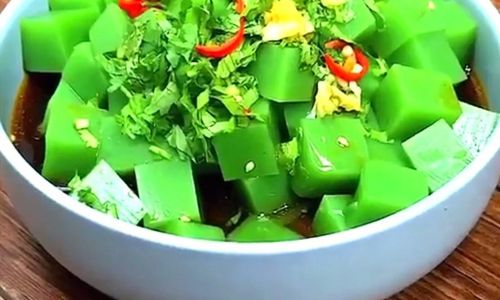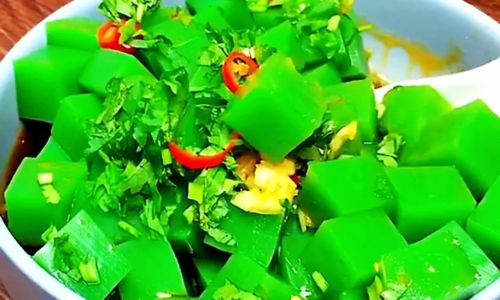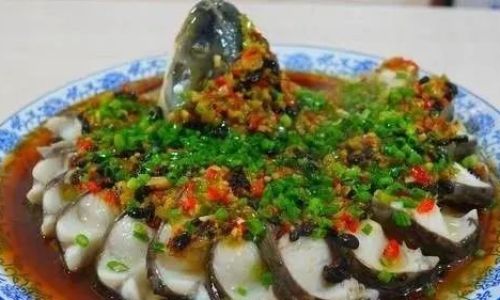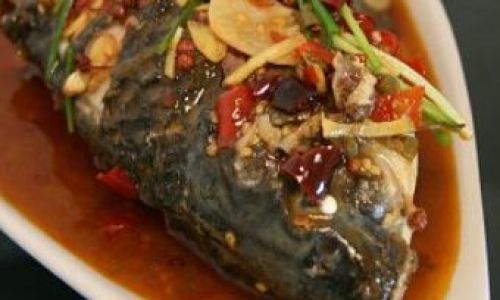Table of content
Razor clams, scientifically known as Solen strictus, are a prized delicacy in coastal cuisines worldwide, celebrated for their sweet, briny flavor and tender texture. However, a common dilemma arises when handling these shellfish: Can you consume razor clams after they have died, or does their demise render them unsafe to eat? This question touches on food safety, biological processes, and cultural practices, making it essential for seafood enthusiasts, chefs, and home cooks alike. This article delves into the science behind razor clam mortality, the risks of consuming deceased specimens, and practical guidelines for determining edibility.
The Biology of Razor Clams: Why Freshness Matters
Razor clams are bivalve mollusks inhabiting sandy or muddy intertidal zones. Their elongated, knife-like shells protect a soft body equipped with a muscular foot for burrowing. Like all shellfish, they are filter feeders, sieving plankton and organic particles from seawater. This diet exposes them to bacteria, viruses, and toxins present in their environment, which they typically expel or neutralize through physiological processes.
When alive, razor clams tightly close their shells, sealing themselves from external contaminants. Their metabolic activity maintains a delicate balance of enzymes and bacteria, preventing spoilage. However, upon death, this biological control ceases. Enzymatic breakdown accelerates, and opportunistic microorganisms—both native and external—proliferate, initiating decomposition. The speed of this process depends on factors like temperature, storage conditions, and the clam’s post-mortem handling.

Key Factors Influencing Post-Mortem Safety
Time Since Death
The moment a razor clam dies, its tissues begin to degrade. Bacteria such as Pseudomonas and Shewanella, naturally present in seawater, multiply rapidly, breaking down proteins and lipids. This process releases volatile compounds, including amines and sulfur-containing molecules, which contribute to off-flavors and odors.
- Within 1–2 hours: At optimal refrigeration temperatures (32–40°F or 0–4°C), decomposition slows, but irreversible changes begin.
- After 4–6 hours: Significant bacterial growth occurs, increasing the risk of pathogens like Vibrio parahaemolyticus, a common cause of seafood-borne illness.
- Beyond 12 hours: Spoilage becomes visually and olfactorily evident, with sliminess, discoloration, and a “fishy” or ammonia-like scent.
Environmental Conditions
- Temperature: Warm environments (above 40°F/4°C) accelerate bacterial growth. Razor clams left in sunlit buckets or unrefrigerated are unsafe within hours.
- Salinity and Exposure: Clams submerged in seawater post-mortem may retain moisture, but this does not halt spoilage. Conversely, air exposure dehydrates tissues, altering texture but not necessarily reducing bacterial loads.
Pre-Existing Contaminants
Razor clams harvested from polluted waters may carry harmful bacteria (e.g., Salmonella, E. coli) or biotoxins (e.g., paralytic shellfish toxins). Death does not eliminate these risks; in fact, toxin levels may concentrate as tissues break down.
Signs of Spoilage: Visual, Olfactory, and Tactile Cues
Determining whether a dead razor clam is edible requires careful inspection. Trust your senses, but remember that some hazards are invisible and odorless.
- Shell Integrity: Live clams close their shells tightly when tapped. If the shell gapes or opens slightly, attempt to close it manually. If it remains ajar, the clam is dead and likely spoiled.
- Color and Texture: Fresh meat is plump, translucent, and moist. Spoiled clams develop a dull, grayish hue, and the flesh may become mushy or stringy.
- Odor: A strong, sour, or ammonia-like smell indicates bacterial activity. Fresh clams should smell briny and mild, like the ocean.
- Liquid Discharge: Cloudy or milky liquid oozing from the shell signals decomposition.
Note: Even if a dead clam appears intact, microbial growth may have reached dangerous levels. When in doubt, discard it.
Health Risks Associated with Consuming Dead Razor Clams
Bacterial Infections
- Vibriosis: Caused by Vibrio bacteria, which thrive in warm coastal waters. Symptoms include diarrhea, nausea, fever, and in severe cases, bloodstream infections.
- Salmonellosis: From Salmonella contamination, leading to gastrointestinal distress.
- E. coli Infections: Particularly risky for immunocompromised individuals.
Scombroid Poisoning
While scombroid is typically linked to tuna and mackerel, dead shellfish can accumulate histamine due to bacterial enzyme activity. Symptoms mimic an allergic reaction: flushing, headaches, and palpitations.
Biotoxin Accumulation
Dead clams cannot expel algal toxins like saxitoxin, which cause paralytic shellfish poisoning (PSP). Symptoms include tingling, paralysis, and respiratory failure. Cooking does not destroy these toxins.
Safe Handling and Preparation Guidelines
Immediate Cooking
If a razor clam dies shortly after harvest and is cooked immediately, the risk of illness diminishes. High heat (145°F/63°C internal temperature) kills most pathogens. However, this does not eliminate pre-existing toxins.
Proper Storage
- Refrigeration: Store live clams in a breathable container (e.g., a mesh bag) over ice. Do not submerge in freshwater, as this kills them.
- Freezing: Freeze live clams at 0°F (-18°C) or below. Freezing halts bacterial growth but does not reverse spoilage. Thawed clams should be cooked promptly.
Purging and Cleaning
Live clams can be purged of sand by soaking in saltwater (1/3 cup salt per gallon) for 1–2 hours. Dead clams should not be purged, as this process does not decontaminate them.
Cooking Methods
- Steaming: A gentle method that preserves texture. Discard any clams that do not open during cooking.
- Grilling or Frying: Ensure thorough cooking, but avoid overcooking, which toughens the meat.
Cultural and Culinary Perspectives
In some coastal cultures, dead shellfish are traditionally consumed if deemed fresh. For example, in parts of Asia, clams that die during transport may be cooked immediately in spicy broths to mask off-flavors and kill pathogens. However, these practices rely on immediate preparation and may not align with modern food safety standards.

Culinary Tip: Dead razor clams can sometimes be used in non-raw preparations (e.g., chowders, fritters) if cooked thoroughly. However, their texture and flavor may deteriorate, making live specimens preferable.
Myths vs. Facts: Debunking Common Misconceptions
-
Myth: “If the shell is closed, the clam is safe.”
Fact: Some dead clams remain tightly shut. Always check for responsiveness (live clams will close when tapped). -
Myth: “Freezing kills bacteria.”
Fact: Freezing inactivates bacteria but does not destroy toxins or spores. Thawed clams must still be handled safely. -
Myth: “Cooking eliminates all risks.”
Fact: Cooking reduces pathogens but cannot neutralize heat-stable toxins like those causing PSP.
Conclusion: Err on the Side of Caution
While the occasional dead razor clam may be salvageable through immediate, thorough cooking, the risks of contamination, spoilage, and toxicity are significant. For non-professionals, the safest approach is to consume only live, responsibly sourced clams. When harvesting or purchasing, prioritize vendors who adhere to strict freshness standards.
In regions where razor clams are monitored for biotoxins, always check local health advisories. Remember that food safety is not merely a matter of taste but a critical aspect of public health. When faced with uncertainty, remember the adage: “When in doubt, throw it out.”
By understanding the biology of razor clams, recognizing spoilage signs, and adhering to proper handling practices, you can enjoy this seafood treasure without compromising your well-being. Whether grilled, steamed, or fried, the key to a delicious meal lies not just in flavor but in the assurance that it was prepared with care and knowledge.






0 comments